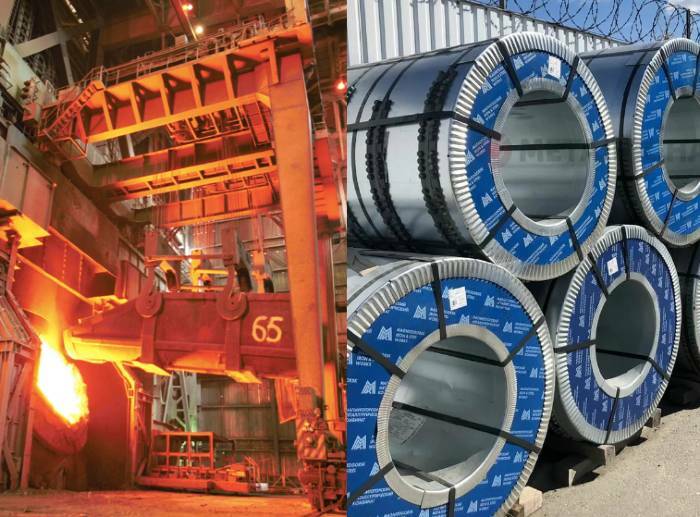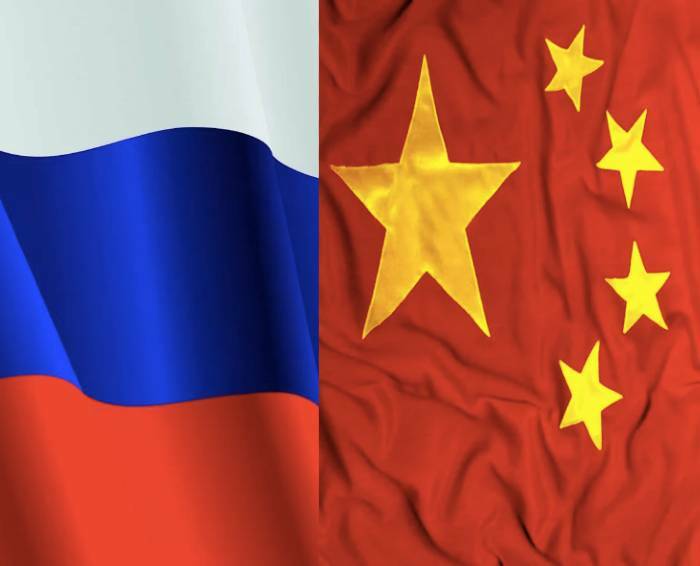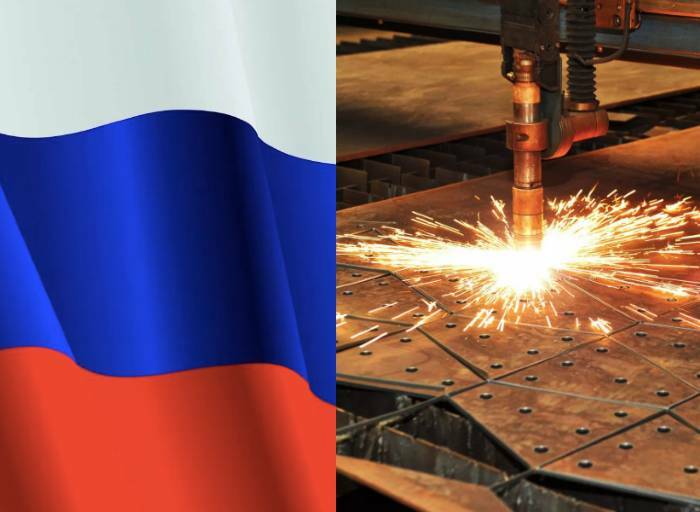Chinese and Russian market for metal production during the Covid-19 period
According to the forecast of Jiang Li, chief analyst of the Chinese National Metallurgical Association CISA, in the second half of the year the consumption of steel products in the country will decrease by 10-20 million tons compared to the first. In a similar situation seven years earlier, this had resulted in a significant surplus of steel products on the Chinese market that were dumped overseas.
Now the Chinese have nowhere to export too – they have imposed anti-dumping duties on them very tightly, and they cannot crush anyone with cheapness. Most of the Chinese metallurgical industry operates on imported iron ore, pays very high electricity tariffs and has to invest heavily in modernization, in particular, environmental modernization.
This is probably the main reason for the desire of the Chinese government to drastically reduce steel production, returning it to last year’s level. Ecology and the fight against global warming are likely to play a secondary role, although they fit well into Beijing’s demonstrative adherence to the global climate policy. As a representative of the Ministry of Ecology and the Environment said at a meeting of CISA members, if earlier the main task of the metallurgical industry was to eliminate excess and obsolete capacities, now it is necessary to reduce the real volume of production.

How much metal will cost in China
It is difficult to say whether China will really return to last year’s results at the end of the year. Still, for this, the volume of smelting in the second half of the year must be reduced by almost 60 million tons, or 11% compared to the first. Obviously, metallurgists, who are now receiving record profits, will sabotage this initiative in every possible way. Nevertheless, in a number of provinces, metallurgical plants received demands from local authorities to reduce their output. Moreover, these regions include Tangshan, the largest metallurgical center of the PRC.
However, nothing prevents the Chinese from acting according to the principle: “We will not catch up, so we will keep warm.” The implications of this policy for Chinese steel exports and imports are of much greater interest to participants in the Russian steel market.
In recent weeks, there have been persistent rumors that China will impose export duties on steel products in the amount of 10 to 25% from August 1, at least on hot rolled products. However, so far everything has worked out by canceling the return of export VAT for cold-rolled steel, galvanized steel, polymer and tin, seamless pipes for oil and gas purposes – only 23 types of steel products that were not covered by these measures on May 1.
These innovations will not have a significant impact on the world market. Yes, quotations for cold-rolled steel and galvanized steel made in China will go up. But they have already been abnormally low in recent months compared to the cost of hot-rolled steel. Even after the inevitable increase, national steel products will remain cheaper than those of major competitors, as noted by the Chinese newspaper Shanghai Metals Market (SMM).
As SMM also mentioned, the proposal to impose export duties on hot-rolled steel caused a controversial reaction from Chinese manufacturers. At the same time, one should expect that external supplies of these products will be reduced anyway. The measures to reduce steel production in China affected this segment the most, which led to a rise in prices. At the auction on the Shanghai Futures Exchange on July 30, quotations exceeded 6,130 yuan per ton ($ 839.5 excluding VAT). According to some reports, informal export quotas have been introduced for Chinese metallurgical companies, which are very limited in volume.
In general, it will be very interesting to watch the Chinese rental market in the next week or two. If the rate of decline in production continues, prices will conquer new heights. Moreover, this will affect not only hot-rolled steel, but also rebar, as well as marketable billets. In order to curb their growth, the Chinese authorities will either have to resort to administrative measures, as in May, or to further clamp down on exports, or … ).

State of the metallurgy market in Russia 2021
Most likely, the result will still be an increase in prices on the world market. Not very large, since Indian and Russian exporters are always ready to take the place of Chinese companies, and demand in Vietnam and a number of other Asian countries fell due to the merciless fight against coronavirus, but significant. And here the question arises: how will the Russian market react to this ?!
We have just arrived on August 1 – the day when export duties on rolled products came into force. Throughout July, in anticipation of this event, prices for steel products in Russia decreased. And it is absolutely correct, since before they were very much overestimated in comparison with external markets.
Some manufacturers of welded pipes in Russia, apparently, even hoped to reduce the cost of hot-rolled coils to 70-75 thousand rubles. per ton CPT. These hopes, by the way, did not come true, so now pipe manufacturers are faced with the task of an upward price correction. However, an important question now arises: is it worth expecting a drop in prices for hot-rolled steel in Russia, say, to 80-85 thousand rubles. per ton CPT, or will the pendulum swing back in the direction of growth?
As a rule, prices for sheet products in Russia show anisotropy in this respect, in scientific terms. As soon as the global market starts to rise, they immediately pick up this trend. But if a change occurs abroad and prices go down, then Russian steelmakers simply prefer not to notice these changes. And they “don’t notice” – for weeks or even months.

Metal sales duties and price increases for building materials
However, now the factor of duties will act against such an increase. The rise in the price of Russian hot-rolled steel by more than $ 120 per ton, which could completely level it, looks extremely unlikely in the foreseeable future, no matter what happens in China. Even if it turns into a net steel importer (which, by the way, is possible, but not quickly), there are still competitors, high logistics costs and the impact of the coronavirus.
Finally, Western countries are showing more and more concern about the acceleration of inflationary processes, and the question of some tightening of the “money tap” is being raised there, at least. However, on the other hand, in the United States, the lower house of Congress has approved an infrastructure construction program with a budget of $ 550 billion. When the Senate votes for it, it will be a serious inflationary push, so the situation is very ambiguous.
So, to summarize, in August a moderate rise in prices for flat products and billets under the influence of Chinese policy became very likely on the world market. It will be constrained by weak demand outside of China and competition between suppliers. The same factors will prevent Russian companies from significantly raising external quotations and increasing export supplies. Domestic prices in Russia will be higher than export parity, including duties. But how much higher is a debatable question. The concrete practice of the next few weeks will show this.
Post time: Dec-17-2021